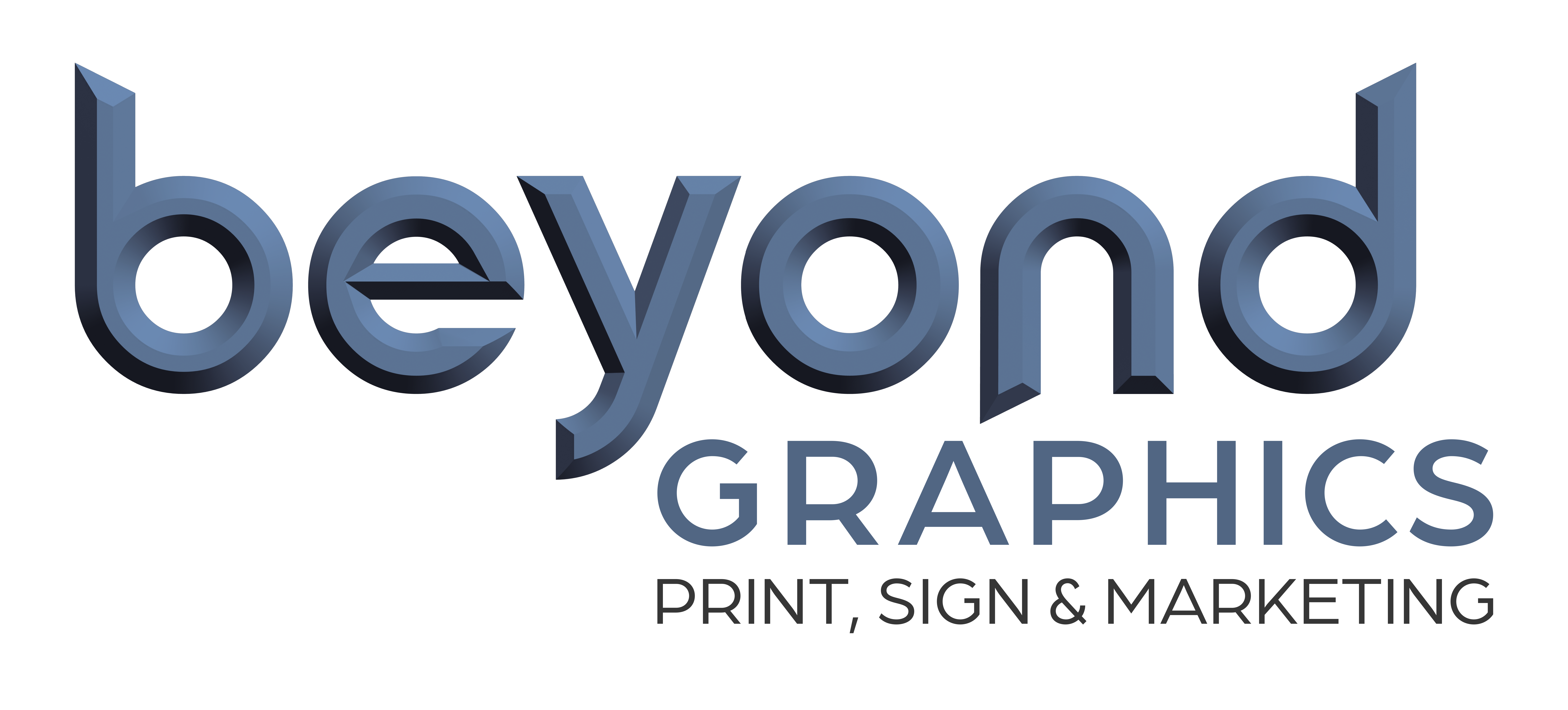Book Design
Crafted with meticulous attention to detail, our book designs seamlessly blend typography, layout,
and compelling visuals to create an immersive reading experience that captivates and resonates with every turn of the page
Book design is a harmonious blend of art and functionality, meticulously crafted to enhance both aesthetic appeal and reader experience. It begins with typography, where the selection of fonts and their arrangement on the page plays a crucial role in readability and visual impact. Serif fonts are often chosen for body text due to their legibility in print, while sans-serif fonts are commonly used for headings to create contrast and hierarchy.
Layout design is another pivotal element, determining how text, images, and white space are arranged to guide the reader’s eye smoothly across the page. Margins, columns, and spacing between lines and paragraphs are carefully calibrated to ensure optimal readability and visual balance. Beyond text, illustrations, photographs, and other graphics are integrated thoughtfully into the layout, complementing the narrative and enhancing understanding. Book covers, designed to attract attention and convey the essence of the book, feature carefully chosen typography, imagery, and color schemes that resonate with the target audience. Together, these elements form a cohesive and engaging visual narrative that enhances the overall reading experience and leaves a lasting impression on readers.

What is Invloved in Book Design
typography
The choice of fonts and their arrangement significantly impacts readability. Serif fonts are commonly used for body text due to their readability in print, while sans-serif fonts are often used for headings and titles.
Layout
The layout of a book includes elements such as margins, columns, and spacing between lines and paragraphs. Proper layout ensures that the text flows smoothly and is visually appealing.
Cover Design
The book cover serves as its first impression. It includes elements like title, author name, imagery, and possibly blurbs or reviews. Cover design aims to attract potential readers and convey the book's genre and theme.
Chapter Openings
Each chapter typically begins with a distinct design, often featuring chapter titles in a larger font size or unique typography. This helps readers navigate through the book and signals transitions in the narrative.
Illustrations & Graphics
Books may include images, illustrations, graphs, or charts. These visuals are integrated into the design to complement the text and provide additional context or visual interest.
Paper & Binding
The choice of paper type and binding method affects the overall feel and durability of the book. Factors such as paper weight, texture, and finish contribute to the reading experience. the most popular types of binding for books are:
-Saddle Stiched
-Perfect Bound
-Smyth Sewn
-Lay-flat Binding
-Punched and Bound
Hierarchy of Information
Designers use hierarchy to prioritize information, such as using different font sizes or styles for headings, subheadings, and body text. This helps readers navigate through the content and understand its structure.
Accessibility
Design considerations also extend to accessibility, ensuring that the book is readable for all audiences. This may include considerations for font size, contrast, and overall readability.
Endpapers and Back Matter
The design may extend to elements like endpapers (the pages glued to the inside covers) and back matter (such as indexes, glossaries, or appendices), which provide additional context or resources related to the book's content.
Evolution of Design Trends
Book design trends evolve over time, influenced by cultural shifts, technological advancements, and artistic preferences. Designers often balance traditional elements with contemporary styles to create books that resonate with current audiences while honoring established conventions.
